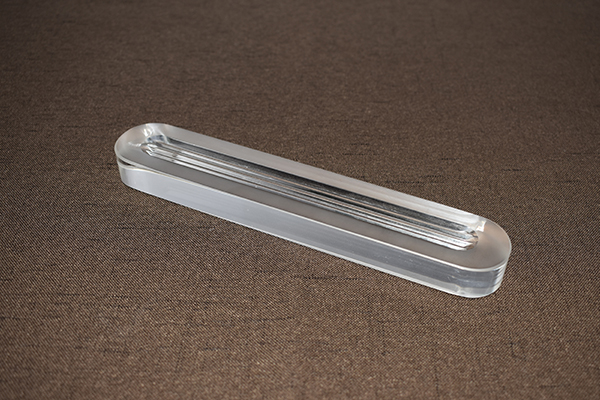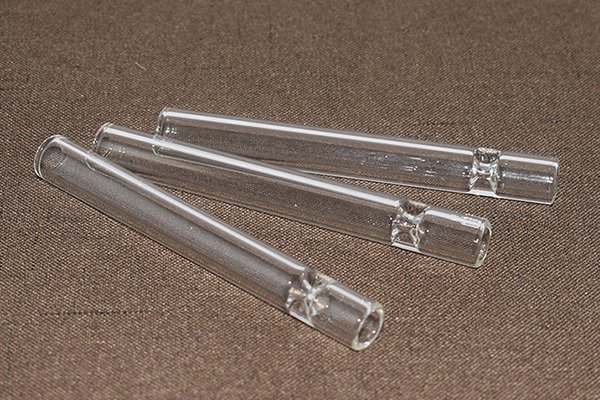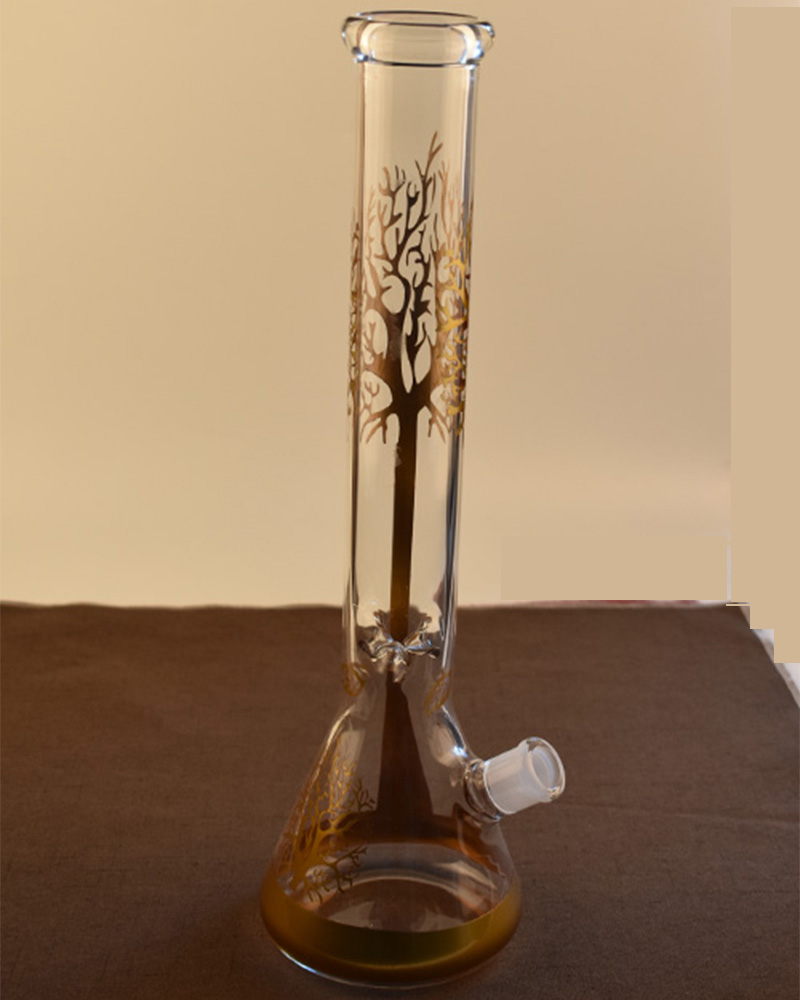News Detail
Key Considerations in Custom Pharmaceutical Glass Tubing: Testing Methods for USP Type I Compliance
In the pharmaceutical industry, the choice of glass tubing for ampoules, vials, and syringes is critical to drug stability and patient safety. USP Type I borosilicate glass is the gold standard due to its high chemical resistance and low alkali leaching. When customizing pharmaceutical glass tubes, manufacturers must ensure compliance with strict USP Type I testing protocols to meet global quality requirements.
1. What Is USP Type I Glass?
USP (United States Pharmacopeia) Type I glass is highly resistant borosilicate glass, suitable for storing acidic, neutral, and alkaline solutions. It offers:
-
High hydrolytic resistance
-
Low coefficient of thermal expansion (~3.3 × 10⁻⁶/K)
-
Excellent clarity and chemical inertness
It is required for injectable drugs and sensitive biologics where interaction with container walls must be minimized.
2. Customization Considerations
When ordering custom tubing, manufacturers must specify:
-
Inner/outer diameters
-
Wall thickness tolerance
-
Length and end shape (open, flame-sealed, cut)
-
Annealing and stress-relief requirements
Consistency in these parameters is essential for automated filling and sealing lines.
3. USP Type I Testing Methods
To verify compliance, glass tubing must pass:
-
Hydrolytic Resistance Test: Tubes are autoclaved with purified water; the leached alkali is titrated to assess chemical durability.
-
Surface Alkali Extraction Test: Determines if surface treatments (e.g. sulfur treatment) are effective in reducing alkalinity.
-
Thermal Shock Resistance: Evaluates glass strength under sudden temperature changes (typically from 200°C to 20°C water).
Conclusion
Custom pharmaceutical glass tubing must meet USP Type I standards through precise production and rigorous testing. This ensures product safety, regulatory compliance, and reliable drug delivery across the medical supply chain.



